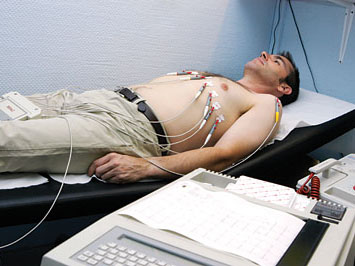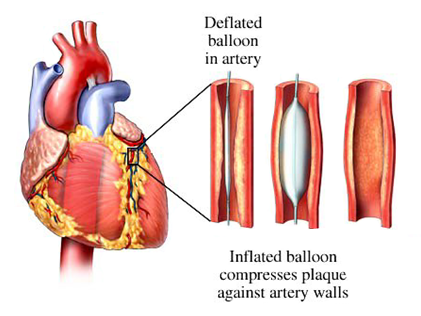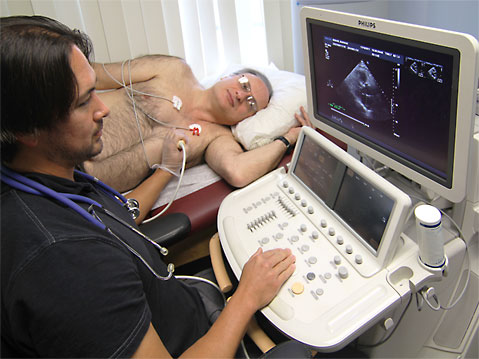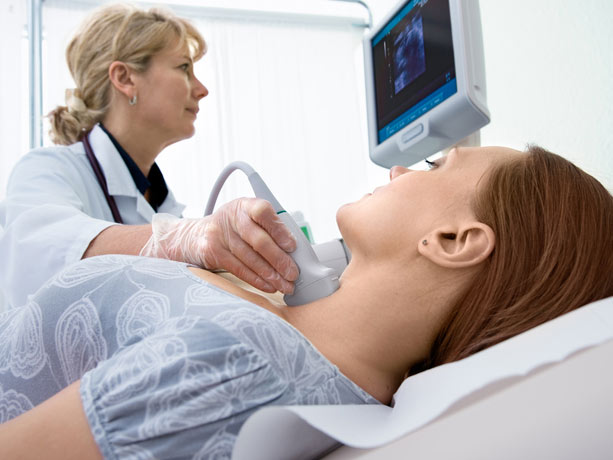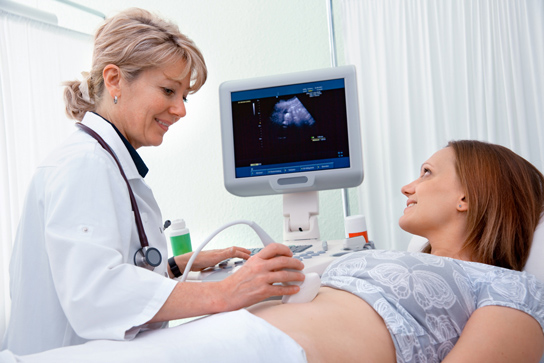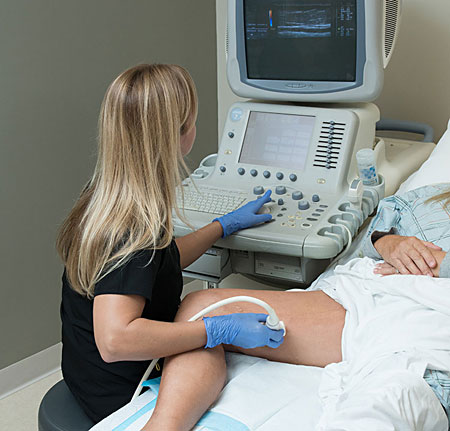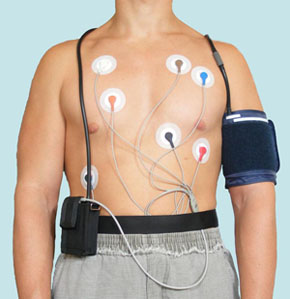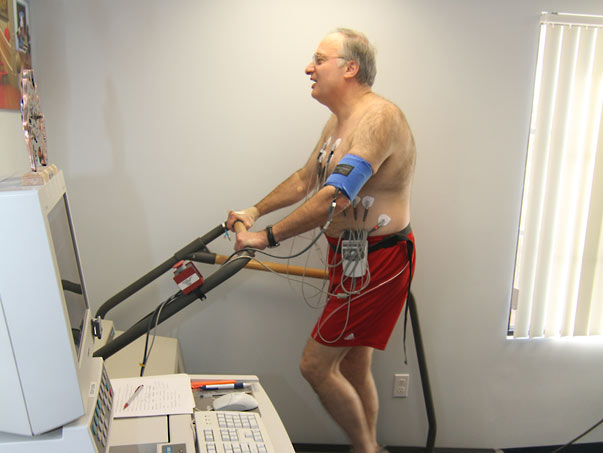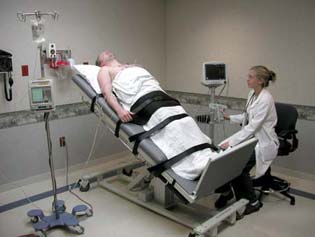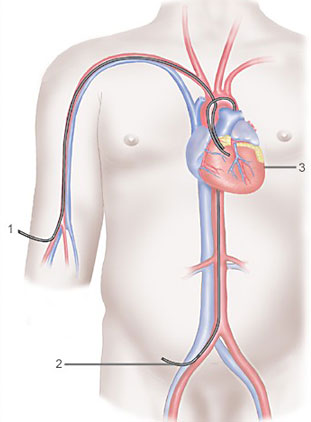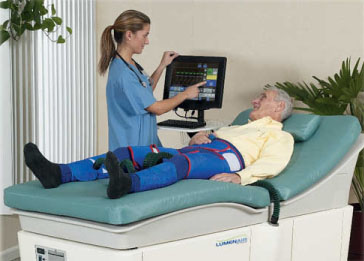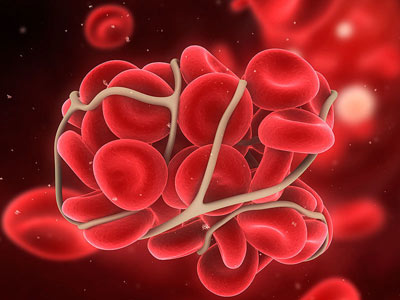Cardiology Services
Electrocardiography
An electrocardiogram or EKG is a test that measures the electrical activity of the heart and translates it into waves on paper for a doctor to analyze. It is useful as a screening test for the detection and diagnosis of a broad range of cardiac conditions.
Balloon Angioplasty
Balloon Angioplasty is a procedure used to treat narrowing of the coronary arteries that supply blood to the heart. This involves inflating a small balloon inside the artery so as to increase the blood flow to the heart.
Echocardiography
An echocardiogram is a non-invasive test that uses ultrasound to image the heart muscle and heart valves. It will look at blood flow both in the heart chambers and through the heart valves along with the overall pumping function of the heart.
Carotid Ultrasonograhy
A simple test using ultrasound to evaluate the carotid arteries to determine if an individual has significant plaque which would increase the risk of stroke.
Pacemaker Follow-Up
Pacemakers are implanted devices that give an impulse to the heart to beat, when the heart's own electrical conducting system is diseased. Pacemakers must be periodically checked in the office.
Abdominal Ultrasound
A simple test using ultrasound to look at organs in the abdomen, including the liver, gallbladder, spleen, pancreas, and kidneys.
Venous Ultrasound
Uses sound waves to produce images of the veins in the body. It is commonly used to search for blood clots, especially in the veins of the leg.
Holter Monitoring
A Holter monitor is a portable electrocardiogram (EKG) that monitors the electrical activity of an ambulatory (freely moving) patient's heart while the person goes about daily activities.
Cardiac Nuclear Scanning
This test also known as Thallium stress test, looks for blockages in the coronary arteries. A Nuclear camera takes images of the heart and projects them onto a computer screen. These images show blood flow to the heart muscle which indicates strength or weakness of the heart.
Stress Testing
Heart Stress Tests (cardiac stress tests) identify any effects of a blocked heart artery by increasing the heart's need for oxygen. A Stress Test consists of increasing your heart rate with either exercise or medications while monitoring your hearts electrical rhythm.
Tilt Table Test
A tilt table test is used to assess the cause of unexplained repeated fainting. A patient could be fainting due to an abnormal nervous system reaction, a drop in blood pressure when they stand up, or abnormal heart rhythms.
Coronary Angiography
Coronary Angiography is a procedure which uses X-rays and a special dye that enables the doctor to see any abnormalities in chambers of the heart, blood vessels and the pattern of flow of blood to the heart.
Coronary Stenting
Coronary stenting is a procedure of inserting a metal stent that helps in the restoration of blood flow when there is any blockage in the coronary arteries.
Enhanced External Counterpulsation (EECP)
EECP improves circulation to the heart without medications or conventional therapies. Research shows that it appears to stimulate the opening of new, natural pathways around narrowed or blocked arteries.
Anticoagulation Therapy
An anticoagulant is a blood thinner that helps to prevent the formation of blood clots. These medications prevent and treat blood clots in the legs, lungs and blood vessels throughout the body, thus reducing the risk of heart attack, stroke and pulmonary embolism.

